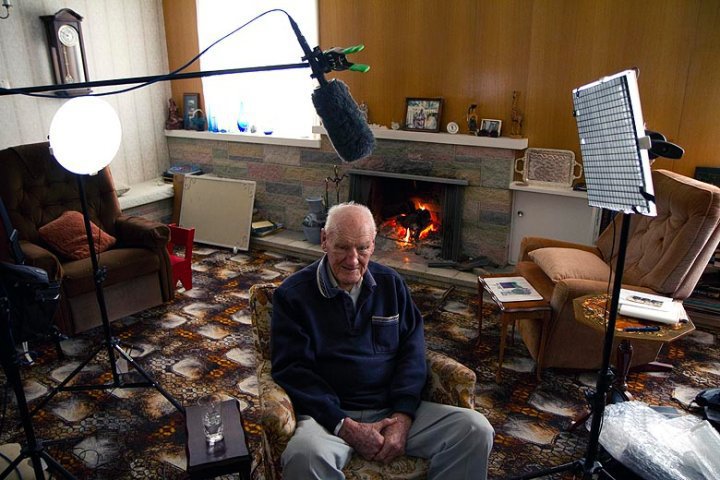Author: Andrea Fumagalli, Documentary Alumnus, New York Film Academy
[su_note]Learn more about the Documentary Filmmaking School at the New York Film Academy.[/su_note]

Editing an interview is not always easy, but it can be a lot of fun.
The way I approach the task is to take it step by step; it might be a bit tedious at first, but it pays back in efficiency and creativity.
In the end, interviews are storytelling tools. One single interview can be used to tell a feature-length story, as well as many interviews to tell a one-minute story. Let’s just say, for simplicity’s sake, that I have to tell a short story based solely on one long interview. Where should I start?
First, I transcribe the interview. Yes, the whole thing.
It can be a time-consuming job, depending on the length of the interview and how fast one can type, but it allows me to rapidly find any sound-bite, at any given time, without having to listen to the entire interview again. I transcribe digitally, so it takes me a second to search the document for a keyword.
As I transcribe, I also take note of the timecode. I usually do it every paragraph, or at the end of each “thought” expressed by the interviewee. This way, once I choose a sound-bite from the transcript, I can quickly find it in the video. To speed up the process, I use this free software that automatically takes a note of the timecode every time I hit the return button on my keyboard.
After finishing the transcript, I usually take a quick coffee break and stretch my tired fingers. Then, I print out the transcript and go through it again, highlighting the paragraphs, sentences, and sound-bites that could help me tell a story. At this stage I purposely select more than I will actually use, creating a sort of foundation on which I can start building my edit.
Now the fun part begins: I get to “re-write” the story!
This doesn’t mean that I am going to tell a different story from the interviewee; I’m going to tell the same story, but differently.
First, I create a bone-structure of the narrative—beginning, middle, and end—rearranging the order of the interview clips that I had previously highlighted in my transcript. I usually do this “on paper” first, before re-creating it in my editing timeline.
Once I have the story lined up on the timeline, I watch it from beginning to end, looking for superfluous sound-bites. Basically, I ask myself: “How many sentences or words can I take out, and still tell the same story?” I am always pleasantly surprised by how much more powerful a story can become, once it is told in fewer words.
Now, if I have any visuals or “b-roll” that can enhance the story, I use them to cover the jump cuts. I always try to approach “b-roll” the same way I approach the interview; I want to tell a story with it and I would much rather keep a jump cut in, than cover it with a random piece of footage that doesn’t really fit.
I then work on the rhythm, extending or reducing pauses in between sentences or words, and adding music or sound effects if needed. Finally, I incorporate titles, graphics, and lower thirds.
Once I’m finished, I take another quick coffee break and rest my tired eyes.
Then I transcribe the next interview. Yes, the whole thing…
